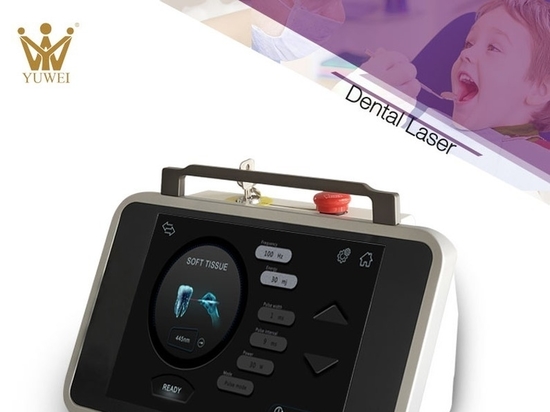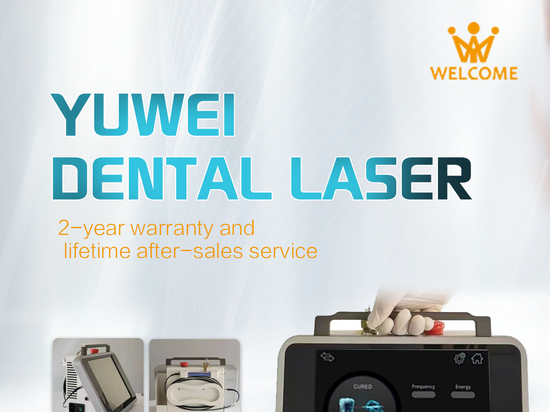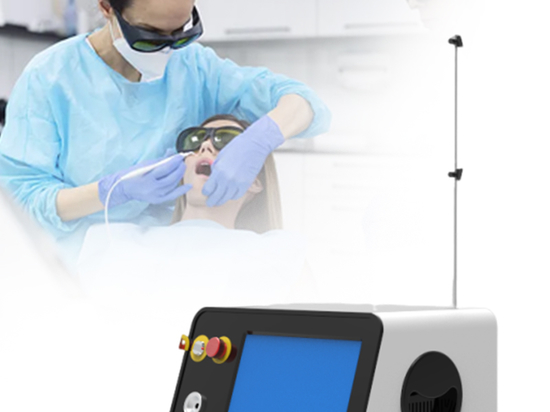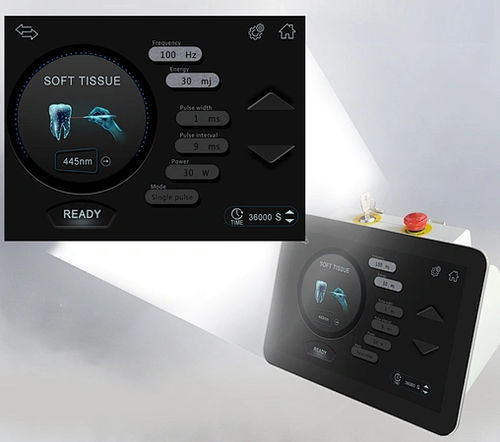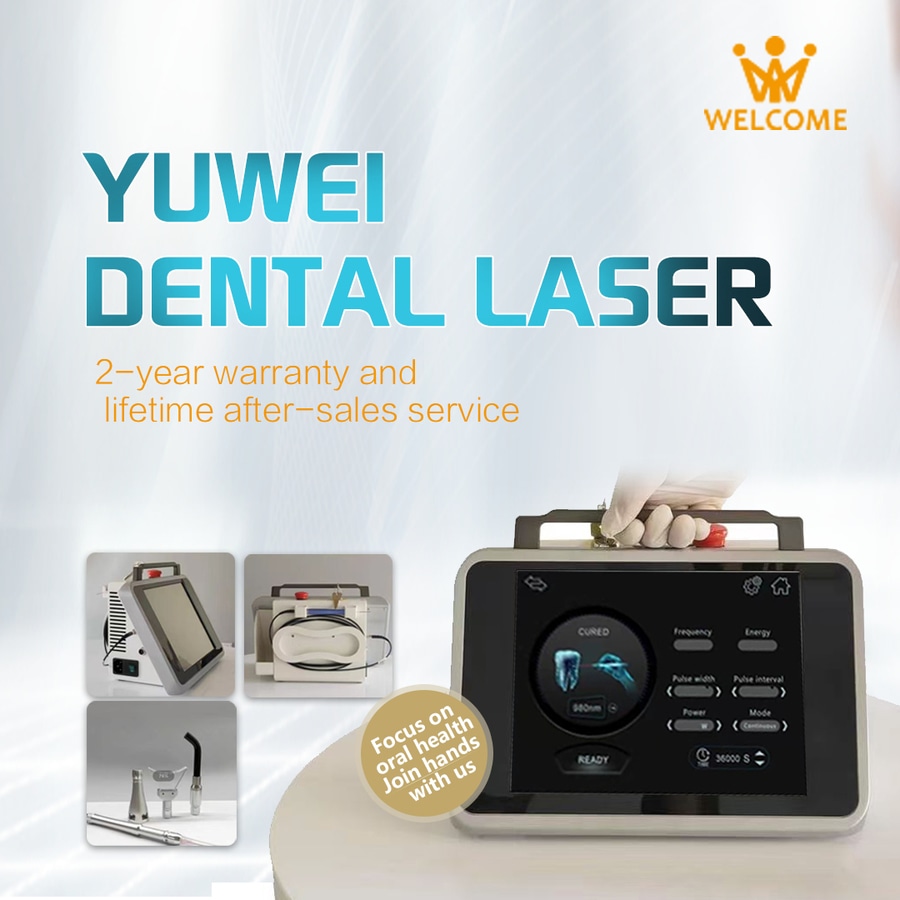
#Product Trends
Advances and Challenges in Dental Laser Technology
Dental laser technology has seen significant advancements in recent years, particularly in precision and patient comfort. However, challenges such as high costs, equipment complexity, and widespread adoption remain.
Laser technology, introduced to the medical field in the 1960s, has gradually become an indispensable tool in dental treatments. As a non-invasive and precise technology, dental lasers not only enhance treatment efficiency but also significantly reduce patient discomfort. However, its widespread adoption faces a series of challenges. This article discusses technological advancements and practical challenges.
Key Advances in Laser Technology
Diverse Applications
Dental lasers are widely used across various oral care fields, including teeth whitening, cavity treatment, periodontal therapy, and root canal procedures. For instance, CO₂ lasers and erbium lasers can be used for both soft and hard tissue surgeries, precisely removing decayed tissue while preserving surrounding healthy structures. Additionally, lasers are popular in teeth whitening for their efficiency and gentle effect on enamel.
Improved Patient Comfort
Compared to traditional drills, laser treatments are vibration-free and noiseless. This not only alleviates patient anxiety but also reduces the risk of postoperative complications. Furthermore, lasers promote wound healing through their thermal effects, speeding up recovery time.
Integration with Digital Tools
Laser technology is increasingly combined with digital diagnostic tools, fostering innovation in dentistry. For example, optical coherence tomography (OCT) integrated with lasers enables real-time imaging of oral tissues, enhancing diagnostic precision and treatment targeting.
Challenges Faced
High Equipment Costs
Laser equipment is expensive, especially for small dental practices. Purchase and maintenance costs can exceed budgets. Additionally, the equipment often requires extra training and certification, further increasing investment.
Technical Barriers and Learning Curve
Despite its potential, mastering laser applications requires specialized knowledge and skills. For less experienced dentists, improper use may lead to suboptimal results or additional patient harm.
Limitations in Clinical Applications
Laser technology is not suitable for all dental treatments. For example, in cases of complex pulp diseases or severe bone loss, laser efficacy is limited. This restricts its ability to fully replace traditional tools.
Regulatory and Certification Issues
Regulatory standards for dental laser equipment vary across regions. This can delay market entry and complicate certification for practitioners, hindering widespread adoption.
Future Prospects
Despite challenges, the future of dental laser technology is promising. With declining costs and portable equipment, lasers are expected to see broader application. Moreover, the integration of artificial intelligence and big data analytics could provide more personalized treatment plans, improving efficacy and efficiency.
Additionally, scientists are developing more efficient and safer lasers. For example, new short-pulse lasers can remove diseased tissue more precisely while minimizing thermal damage to surrounding structures. These breakthroughs will further enhance the value of laser applications in dentistry.
Conclusion
The rapid development of dental laser technology offers numerous opportunities while highlighting issues such as high costs, technical barriers, and application limitations. To fully realize its potential, collaboration across research, education, and policy is essential. Only then can dental lasers truly become a cornerstone of improved oral health.


